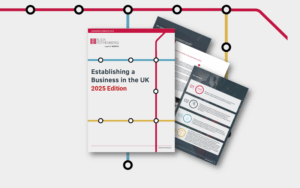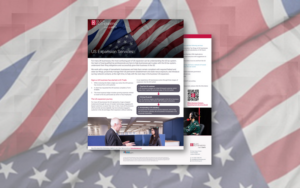Guide to cash-flow forecasting
What is a cash-flow forecast?
A cash-flow forecast or projection is an estimation of the cash coming into and going out of your business. Often prepared for a period of twelve-months or longer, a forecast can cover any required time-frame.
While you may have a profitable business, this does not always translate to a positive bank balance. Cash will come into your business when customers buy your products or services, but this does not always happen immediately. Cash is paid out of your business when you make payments to suppliers, for rent and other running expenses, when you buy fixed assets and for taxes or financing/loan repayments.
The cash-flow forecast is designed to look at the timing of when these inflows and outflows occur with the aim of maintaining a positive cash-flow balance. It also helps to identify pressure points and shortfalls which enable you to apply for finance or manage your cash-flows accordingly.
There are numerous software packages available to assist with the process and you may find that your existing accounting software can prepare a cash-flow forecast for you. The level of detail required will ultimately depend on the nature of the business and the requirements of the end-user.
What information do I need to prepare a cash-flow forecast?
- Accurate accounting records: You will need your business’ accounting records to be up-to-date so you have an accurate opening position. This may, for example, mean using the company’s latest management accounts prepared or another appropriate reference date.
- Predicted income from sales and other sources of cash: You will need details of all the money you have coming in each month. This may include cash sales, amounts received from sales made previously, any receipts related to loans you have made money, tax refunds or grants you are due to receive, etc. This should reflect any payment plans you have in place with customers.
- Forecast uses of cash: This should include every expense your business will incur, including payroll, payments to all suppliers, all utilities, rent, loan and other financing payments, company and employer taxes including VAT, etc.
- Previous year’s results: If you are not sure where to begin, it may be useful to use your previous year’s results as a starting point and adjust these based on what you now know about the likely future results.
Where can I get help?
For those businesses without in-house expertise, now might be the time to reach out to your professional advisors for assistance in preparing a cash-flow forecast.
Your accountant is likely to be very well-placed to provide ongoing support and expert advice over other cash-flow decisions you need to make in the future.
For any other questions, please contact your regular Blick Rothenberg contact.
You may also be interested in

Further Opportunities for US Tech Investment in the UK

Changes to FRS102 and it’s alignment to International standards













